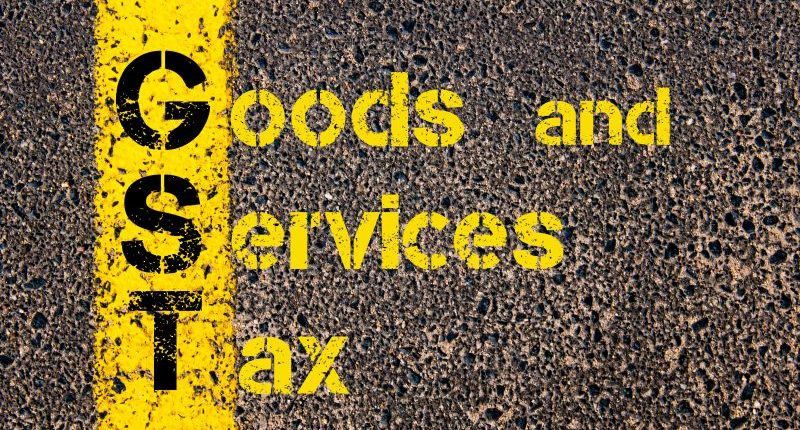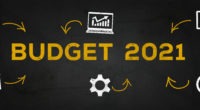The e-invoicing portal has recently enabled sandbox testing for businesses with turnover exceeding Rs.50 crore and up to Rs.100 crore. This means that e-invoicing may soon apply to businesses whose turnover falls in this range, in any financial year from 2017-18 onwards. It is likely that the date of applicability will be 1st April 2021. However, an official notification is yet to be released by the government.
If your business falls in this category of eligible entities, then with just over one month to go, it’s time that you started preparing your organisation to comply with the e-invoicing norms. Non-compliance is not optional, as it could result in heavy penal provisions being imposed, of up to Rs.10,000 per invoice.
Besides, if you do not generate e-invoices or delay in generating them, it will create a domino effect of tax implications, such as your GST returns will not get auto-populated, your customers will not be able to claim an input tax credit (ITC), etc. What’s even worse is that your customers may downright refuse to accept the invoice if it doesn’t comply with e-invoicing provisions. This could result in your working capital taking a hit.
Hence, it is best to get the e-invoicing system up and running as soon as possible and to complete the sandbox testing in time. This way you will not have to worry about any last-minute hassles, and you will be able to generate e-invoices from the date the notification comes into force.
e-Invoicing is a new reform for India. If your business needs to be prepared to implement this reform, then here is an e-invoicing checklist that will help you transition smoothly and seamlessly into this digital revolution.
- Connectivity with the NIC – e-Invoicing requires adhering to several IT security standards and other regulatory requirements, encryption protocols such as SSL or TLS, IP whitelisting, etc., to connect with the NIC. These requirements need to be in place before you are able to start generating e-invoices. If you are planning to use an Application Service Provider or a GST Suvidha Provider (i.e. an ASP-GSP), the ASP-GSP will undertake the necessary procedural requirements for you.
- System reliability to avoid disruptions – This is one of the most important factors while generating e-invoices. The data from the e-invoices gets auto-populated in the e-way bills and GST returns. From the GST returns, your customers claim input tax credit. If the generation of e-invoices gets interrupted, then a domino effect is caused, disrupting all other processes along the way.
- Selecting the best ERP integration – The popular integrations for e-invoice generation are API-based and SFTP-based. An integration can be selected based on your budget and business requirements, such as the need for automation, quantum of invoices, level of configuration acceptable, etc. It would be best to select an integration option with the least manual intervention, as that will lead to low to nil errors being committed.
- Ensuring all mandatory fields are configured – Your ERP system needs to be configured in order to incorporate all the mandatory e-invoice fields. There are also certain optional fields that may be applicable to your business. Your ERP will need to validate if all these fields of the e-invoice are filled-in, before raising a request with the Invoice Registration Portal (IRP). Failing this, the request will get rejected. A master data repository that is inbuilt into the ERP system will be useful, for efficient e-invoicing.
- Ensuring data security norms are in place – Data security cannot be compromised, as e-invoices are generated directly from an organisation’s ERP. This ERP will also contain vital financial information about the business. If you plan to use an ASP-GSP, use one which has two-factor authentication enabled, IP whitelisting, advanced user access management and is ISO 27001 certified.
- Segregating documents for e-way bill generation – Segregation of documents needs to be done as in some cases both e-invoices and e-way bills may be required. In other cases, the documents may only require e-invoices, or they may only require e-way bills, etc. Using an ASP-GSP will definitely help in automating this task, making it less prone to errors. If you plan to directly integrate, it would help to get this feature built-in to your ERP, to ease business operations and mitigate errors.
- Reconciling with the GST returns – The e-invoice data gets auto-populated in the GST returns, which is a boon for taxpayers as it avoids multiple data entries to be made. However, the government has specifically stated that the onus of the correctness of data is on the taxpayer, who is supposed to verify this data before filing. Hence, timely reconciliations of the books of accounts with the GSTR-2A/2B and the GSTR-1 will need to be carried out.
- Updating the e-invoice schema with changing tax regulations – GST laws change from time-to-time, and taxpayers need to align the e-invoice schema with the changing laws, as and when they become applicable. A change in the e-invoice schema on the taxpayer’s ERP could result in a break-in integration with the e-invoice portal. Here, using an ASP-GSP will definitely avoid this challenge to a large extent, as the ASP-GSP will handle the ERP reconfiguration, without much effort from the taxpayer’s end.
- Adequate and timely staff training – e-Invoicing is a new reform in India. Hence, your organisation’s staff will need to be trained in the beginning to understand the e-invoice generation process and comply with e-invoicing norms such as reconciliations, QR Codes for B2B and B2C invoices, vendor communication, etc. Timely training is important, to avoid business processes getting impacted.
- Configuring printing of dynamic QR Codes for B2C invoices – A new requirement by the government is for certain entities (at present, entities with a turnover exceeding Rs.500 crore, in any previous financial year from FY 2017-18) to generate QR Codes on their B2C invoices. This facility needs to be built into the ERP itself, for seamless operations.
For any clarifications/feedback on the topic, please contact the writer at athena.rebello@cleartax.in

I’m a Chartered Accountant by profession and a writer by passion. ClearTax lets me be both. I love travel, hot tubs, and coffee. I believe that life is short, so I always eat dessert first. Wait.. life is also too short to be reading bios… Go read my articles!





